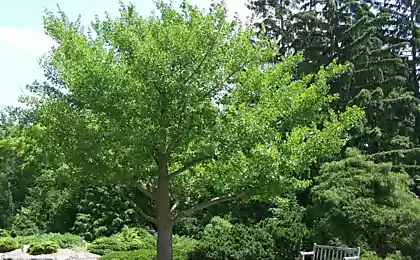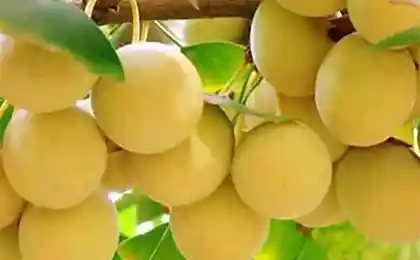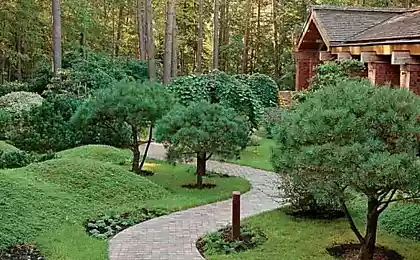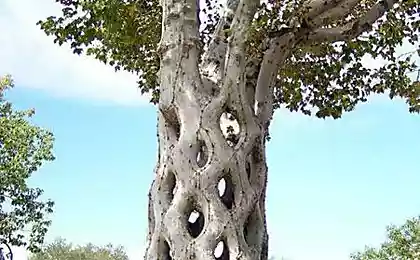157
Ginkgo biloba - a unique relic tree + video
Gingo biloba is an ancient species of plants that belong to the group of relics by science. By relic species in biology refers to living organisms that played a large role in previous ecosystems that existed millions of years ago and have survived to the present day.
Ginkgo biloba is a prime example of this relic species. Scientists first turned their attention to ginkgo biloba in the XVIII century, when Engelbert Kempfer, a German traveler, and also a famous naturalist described the plant in his works. In addition to ginkgo biloba, relict trees include well-known fir trees, as well as pine trees.
After studying various archaeological finds, researchers came to the conclusion that such a species as ginkgo biloba became a descendant of ancient ferns. Currently, the wild species of Ginkgo biloba grows in only two areas of China. Due to its unique natural properties, ginkgo biloba plays an important role for all mankind as a whole.
It is for this reason that such a plant as ginkgo biloba has been cultivated by people for thousands of years. Ginkgo biloba is grown in many botanical gardens in Europe, as well as the northern part of the American continent. In its biological essence, ginkgo biloba is a tree that does not exceed 40 meters in height. Ginkgo biloba seeds have long been eaten. Ginkgo biloba seeds are usually boiled and roasted.
Ginkgo biloba refers to primitive gymnosperm plants of the dihedral type. The reproductive cells of the plant are divided into female and male. Male trees produce pollen, and female trees produce seed seeds. They're pollinated by airflows. This deciduous tree has a brilliant smooth bark of a grayish brown hue.
It can live on average up to two thousand years. Some trees reach the age of 2,500 years.
The specimens growing in Europe do not exceed 18 meters, and the trees in the homeland reach 40 meters. Plants easily tolerate cold and are resistant to various insects - parasites, viruses and phytopathogenic fungi. They easily survive even in the highly polluted atmosphere of any large metropolis. Ginkgo biloba is characterized by a pyramidal shape with a weeping or columnar crown. All male trees are usually quite slim, and female specimens are more squat. The crown of female trees has a spherical crown.
The powerful Ginkgo biloba often blooms in May. Immediately after pollination and subsequent fertilization, small ovules turn into plum-like fruits of yellow color. They are made up of large bihedral kernels resembling nuts and are covered with pulp. Reproduction of this plant is carried out vegetatively and with the help of seeds.
To date, only the leaves of the plant are used for therapeutic purposes. They are harvested in autumn during the growing season. In the leaves, as well as in seeds and wood, linalool esters and phenylpropane derivatives are found. The composition has special sesquiterpenes and tricyclic diterpenes. In the roots of Ginkgo biloba there is a unique ginkgolide.
Source: www.ecology.md
To do without nuclear energy, Japan celebrates the first year without nuclear power
Not all snails are equally peaceful























